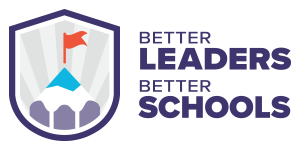A few reasons we make poor decisions:
- We let our emotions get in the way of our logic.
- We surround ourselves with “yes men” or we don’t expose ourselves to a diversity of thought (e.g. the echo chamber).
- We have blind spots and do not work to eradicate them with intention.
- We don’t do the hard work of considering second and third-order consequences. It’s much easier to consider one option and go with it!
If you’d like to start making better decisions today, let me introduce you to the “Decision Journal.”
I originally learned about this “decision journal” from one of my favorite blogs called Farnam Street by Shane Parrish.
I used the tool created by Shane and adapted it to make it work better for me.
The decision journal consists of four parts:
Part 1: Prepare
Here you note the date, time, and reflect on your mental/physical state. That’s important because I make much better decisions if I’m well-rested and at ease versus tired and anxious.
Part 2: Set the Context
Here a leader briefly describes the situation she faces and the problem as she sees it.
Part 3: Explore Options and Decide
Here the leader considers all the options available, what the probability is of each option, and why she chose the option she went with.
Part 4: Review
This part is gold. Set an invite on your calendar to review your decision six months later. How often do you go back to major decisions and reflect on the quality of your decision? Did it work out like you thought it would? What did you learn?
Below you can download a free template of the decision journal. I’ll also send you a completed journal that I used from last February.
Download your decision journal template here
Oops! We could not locate your form.
The decision journal works. It helps slow down your thinking. It notes your emotions and acts as a container to put those so you can rely on logic and process your decision.
If you use the journal, I’d love to hear about your results. In fact, if you do use it let’s make a podcast!
Email me at [email protected] to set up a time to record.
Finally, I guarantee you would make better decisions if you had a personal board of directors. Imagine having 10-15 peers that could push your thinking and help you see what you don’t see. What if you could lean into their experience and leverage their unique talents and understanding of leadership? That’s part of the value of the mastermind and you’re welcome to join our community. Apply to the mastermind here.


